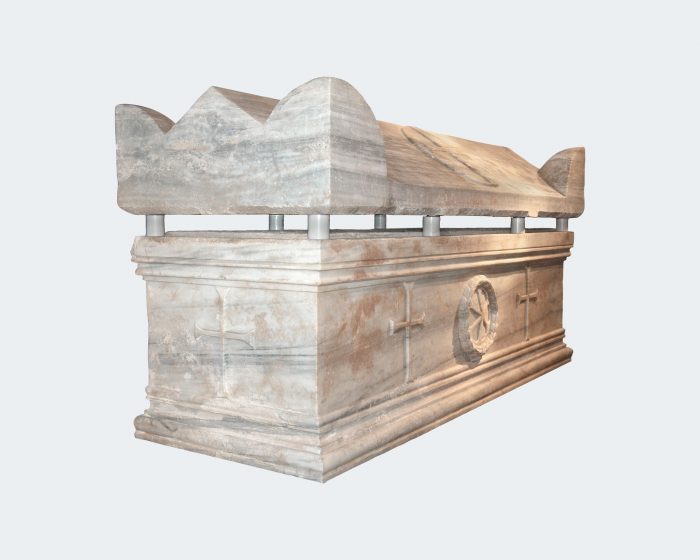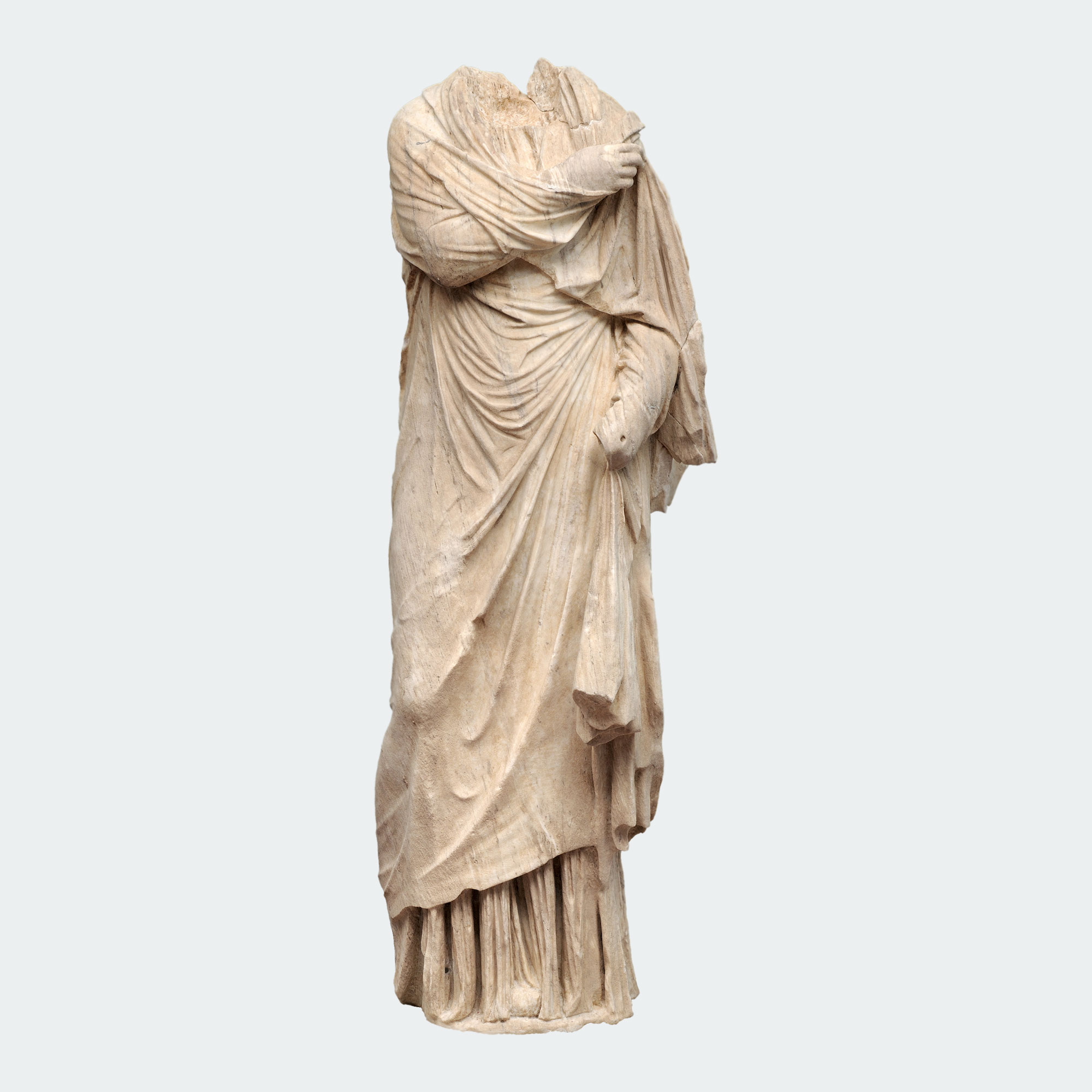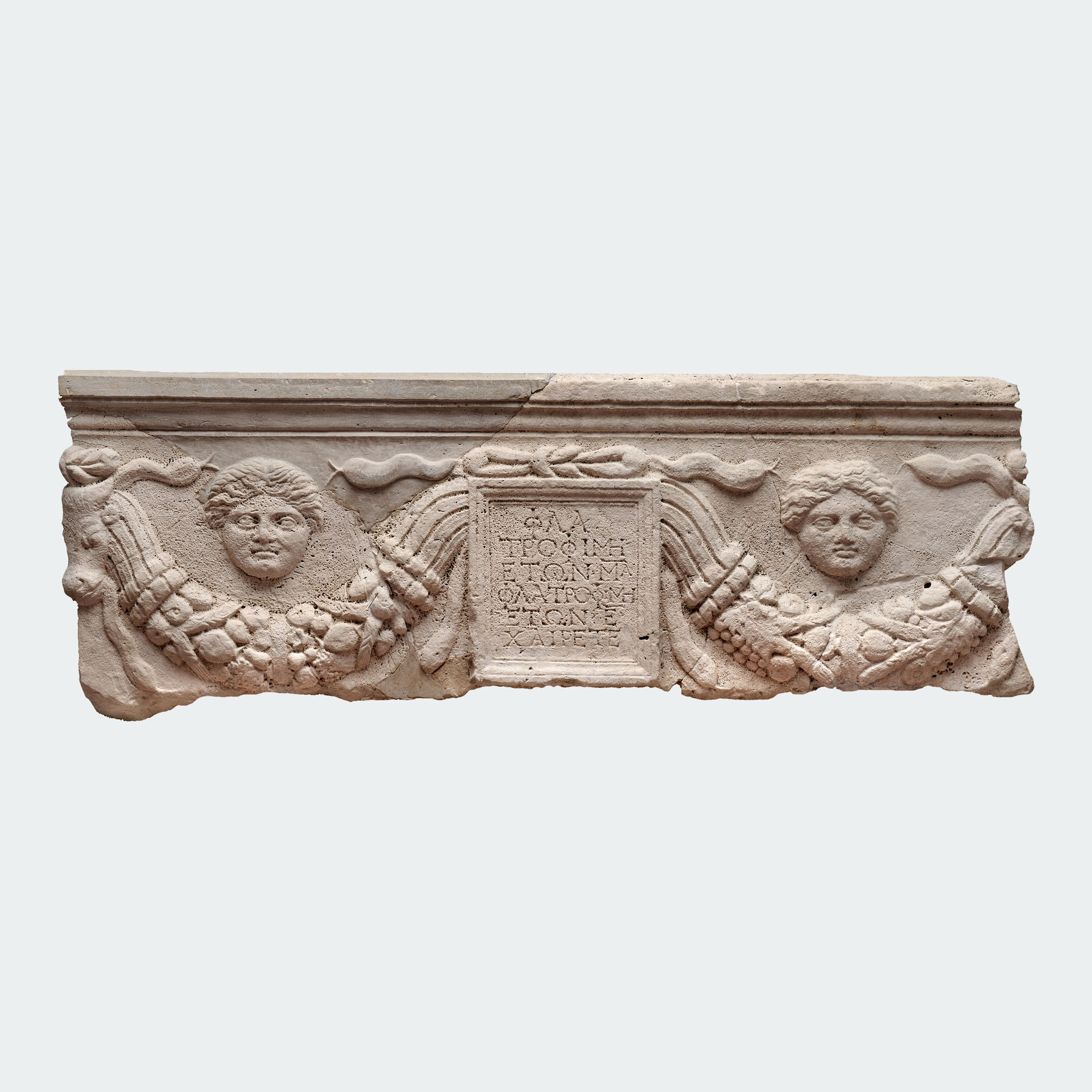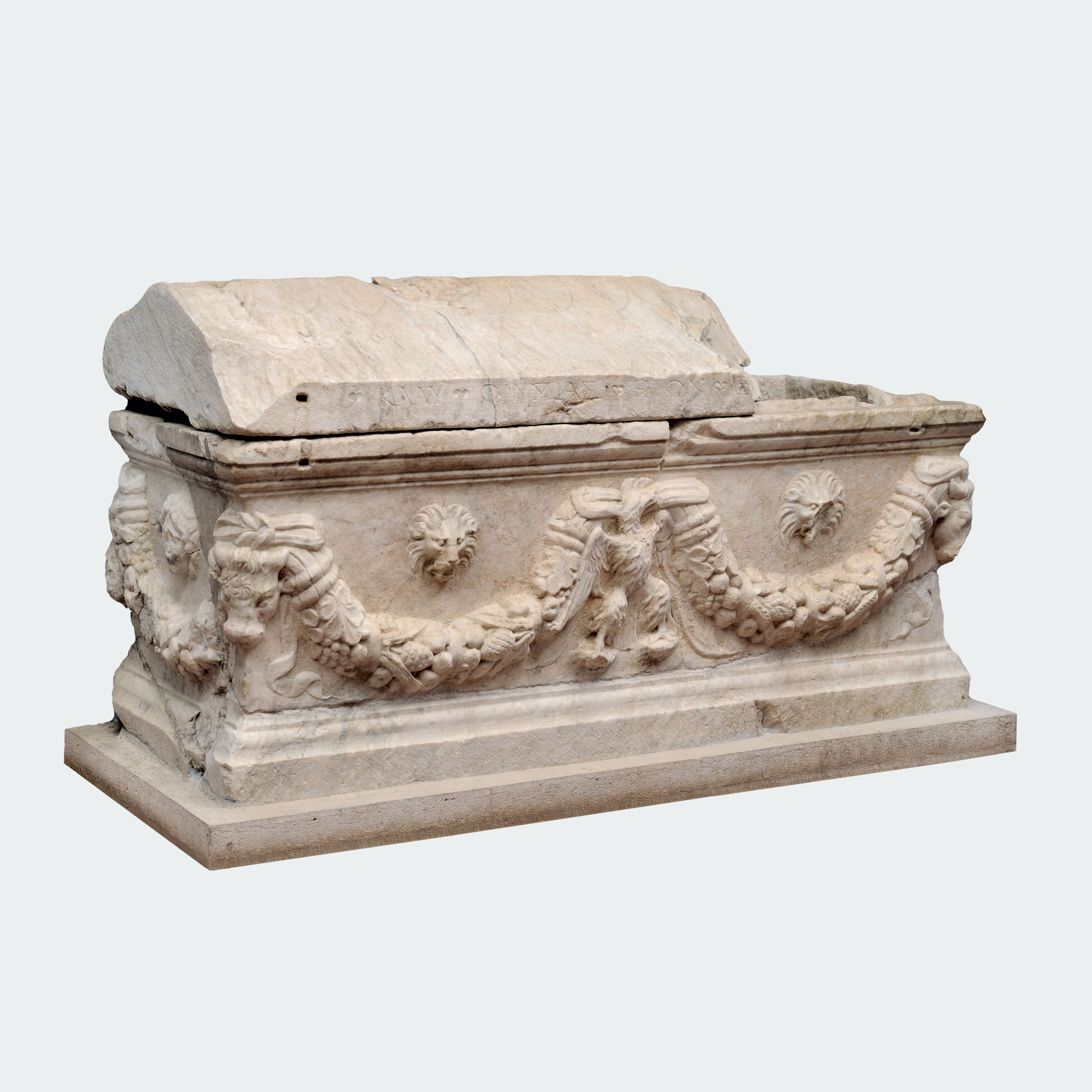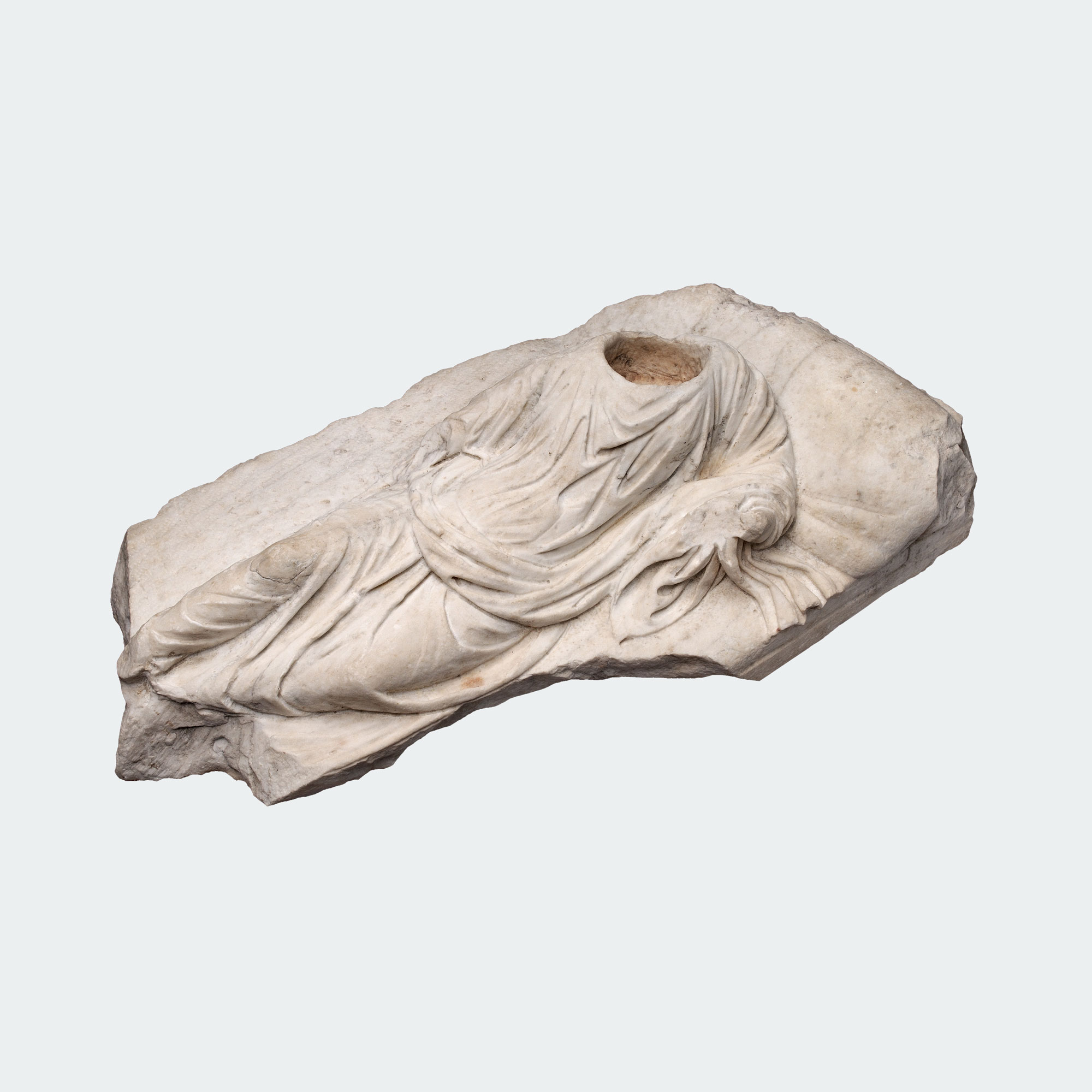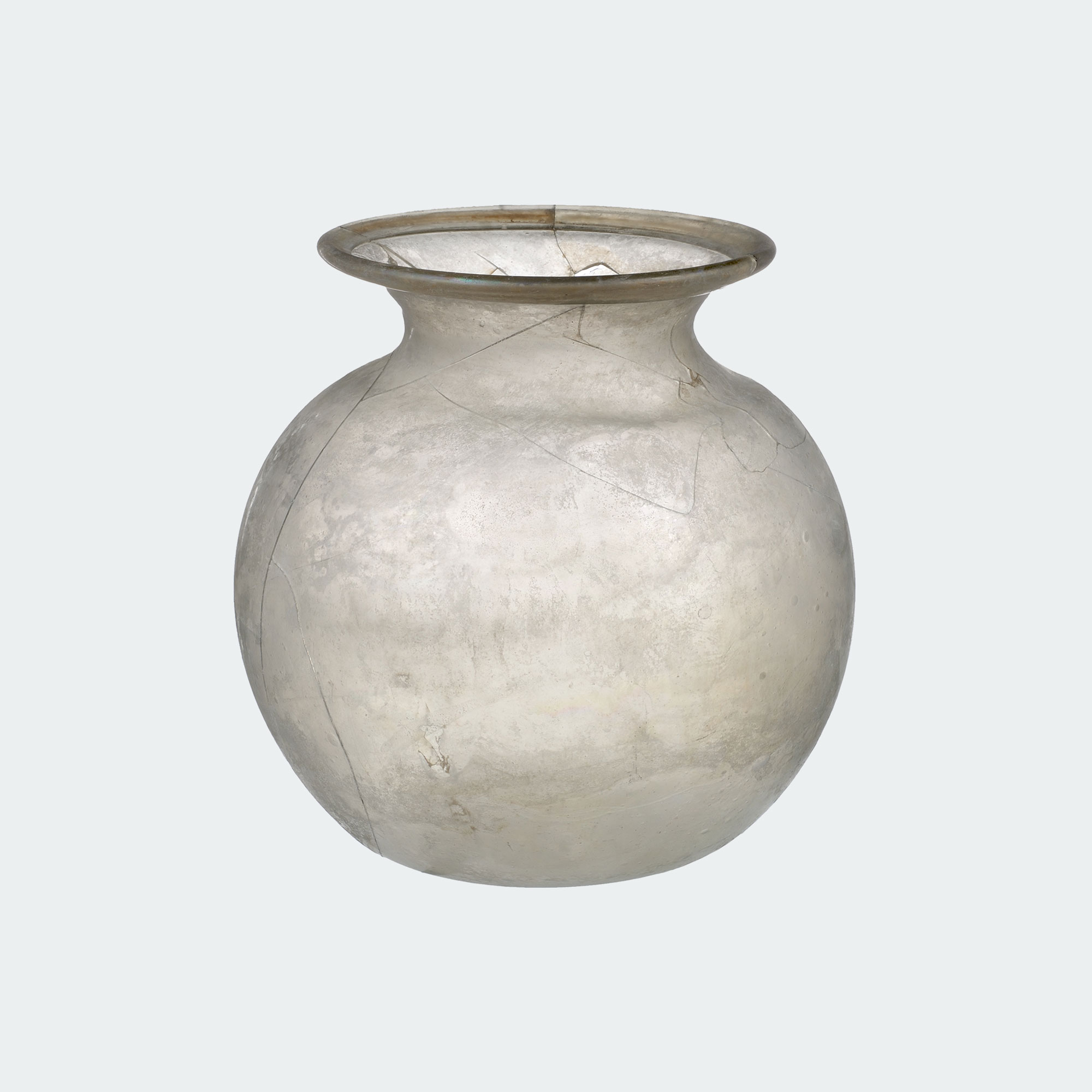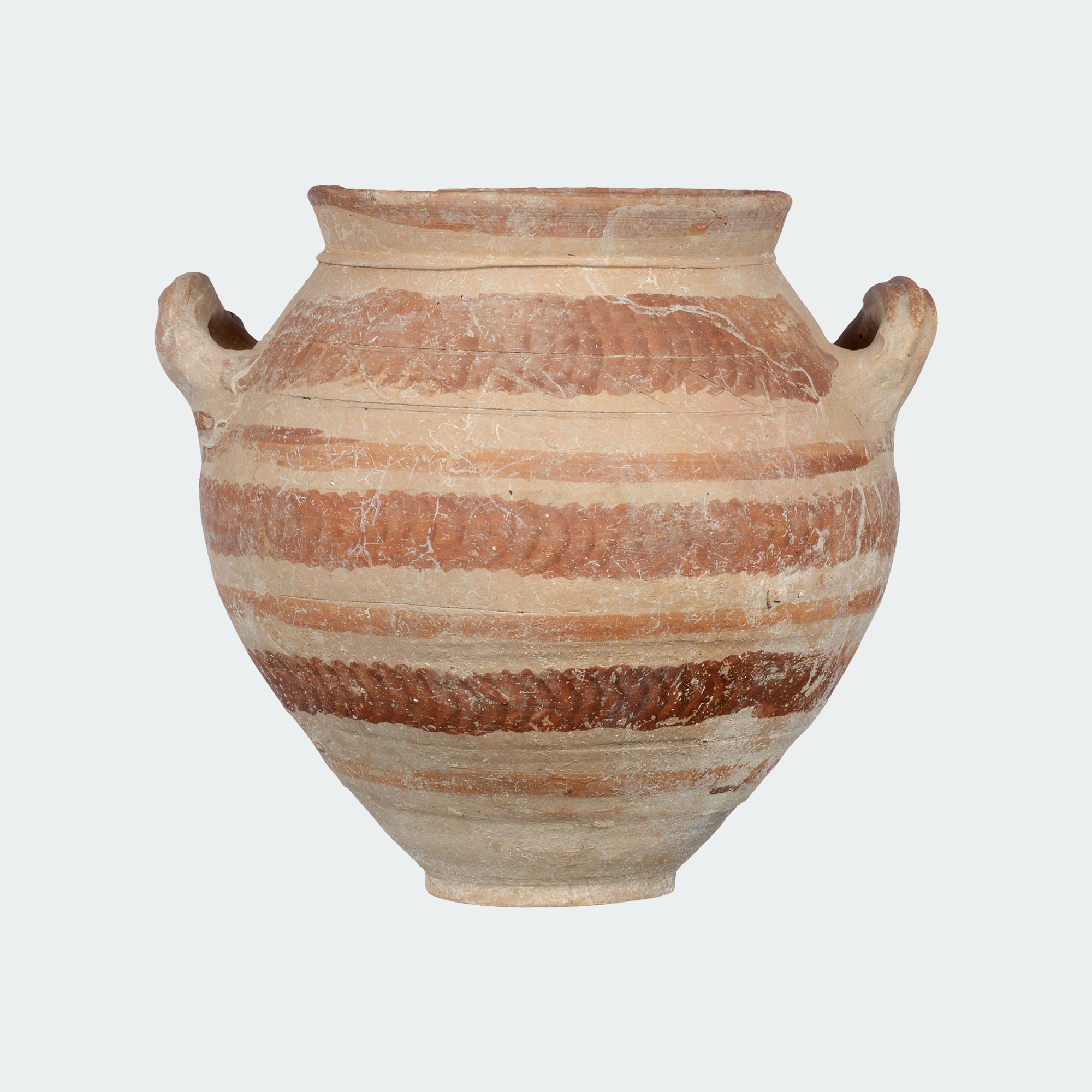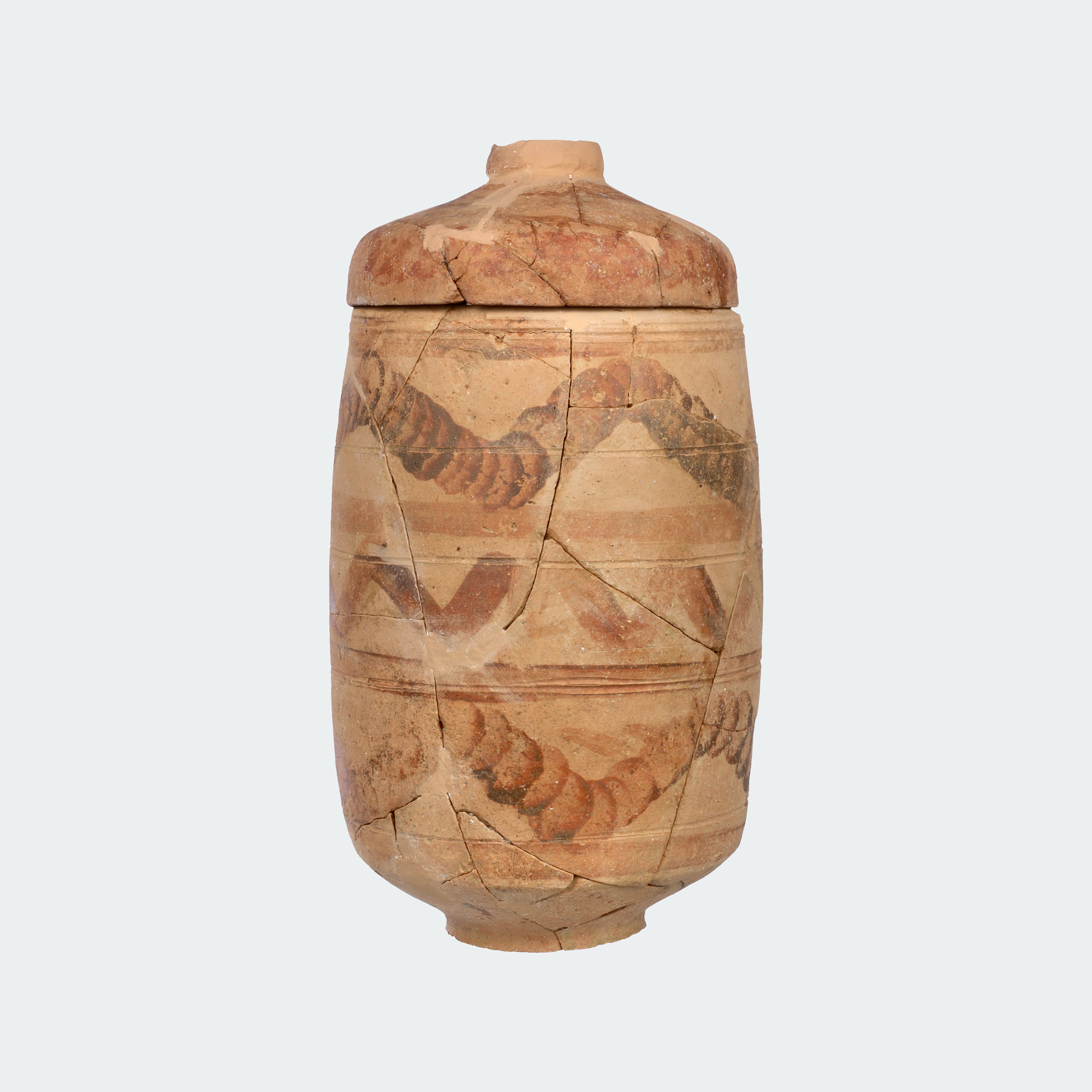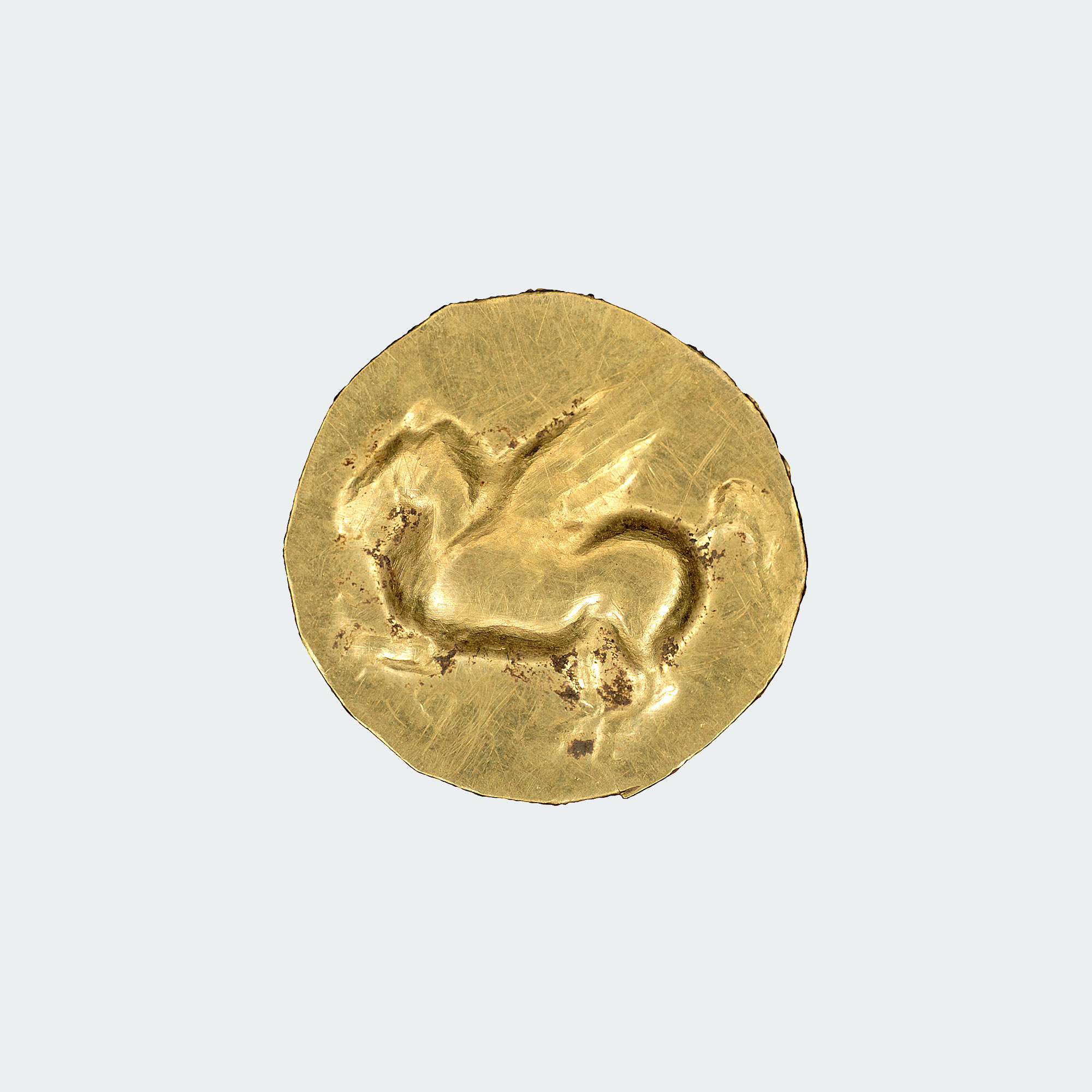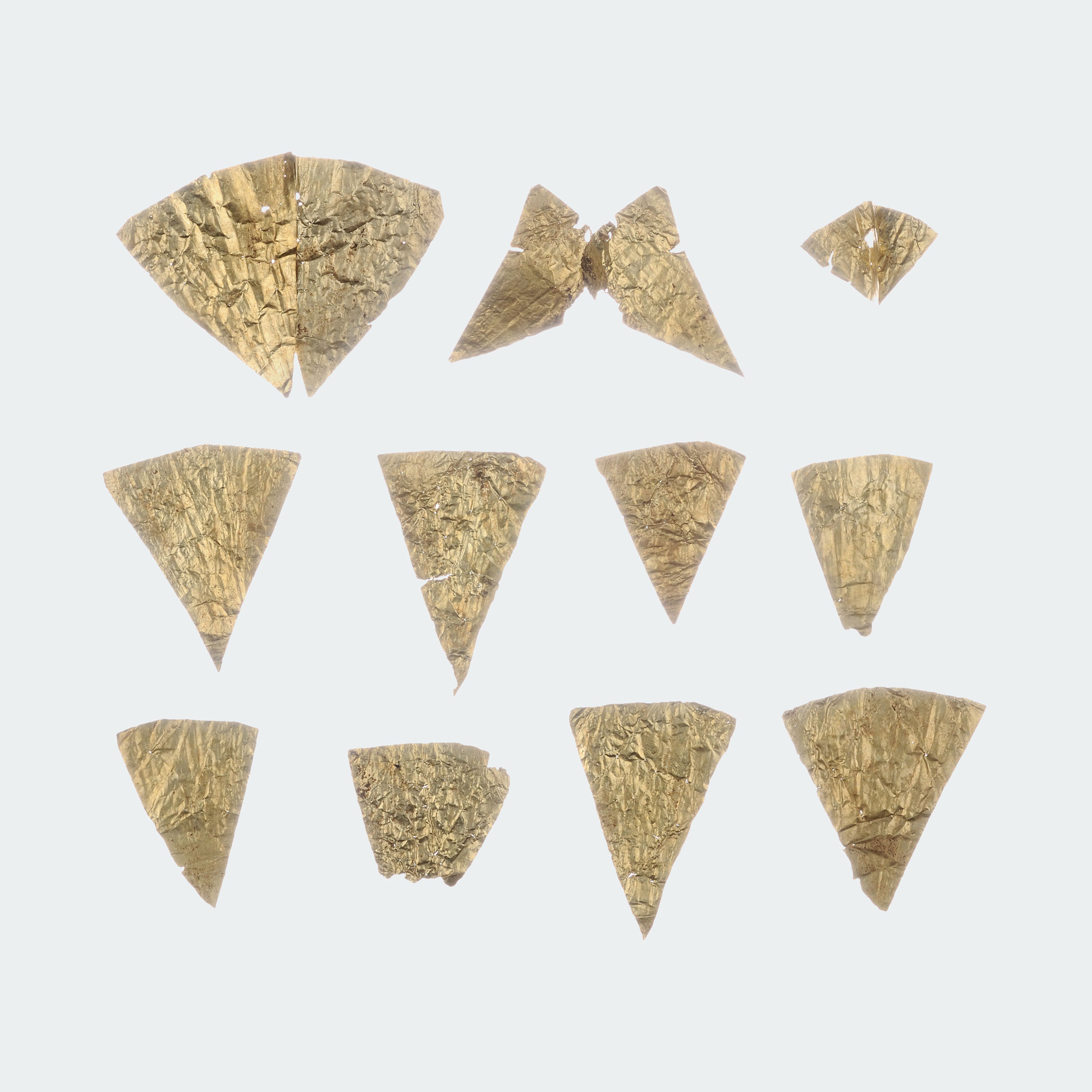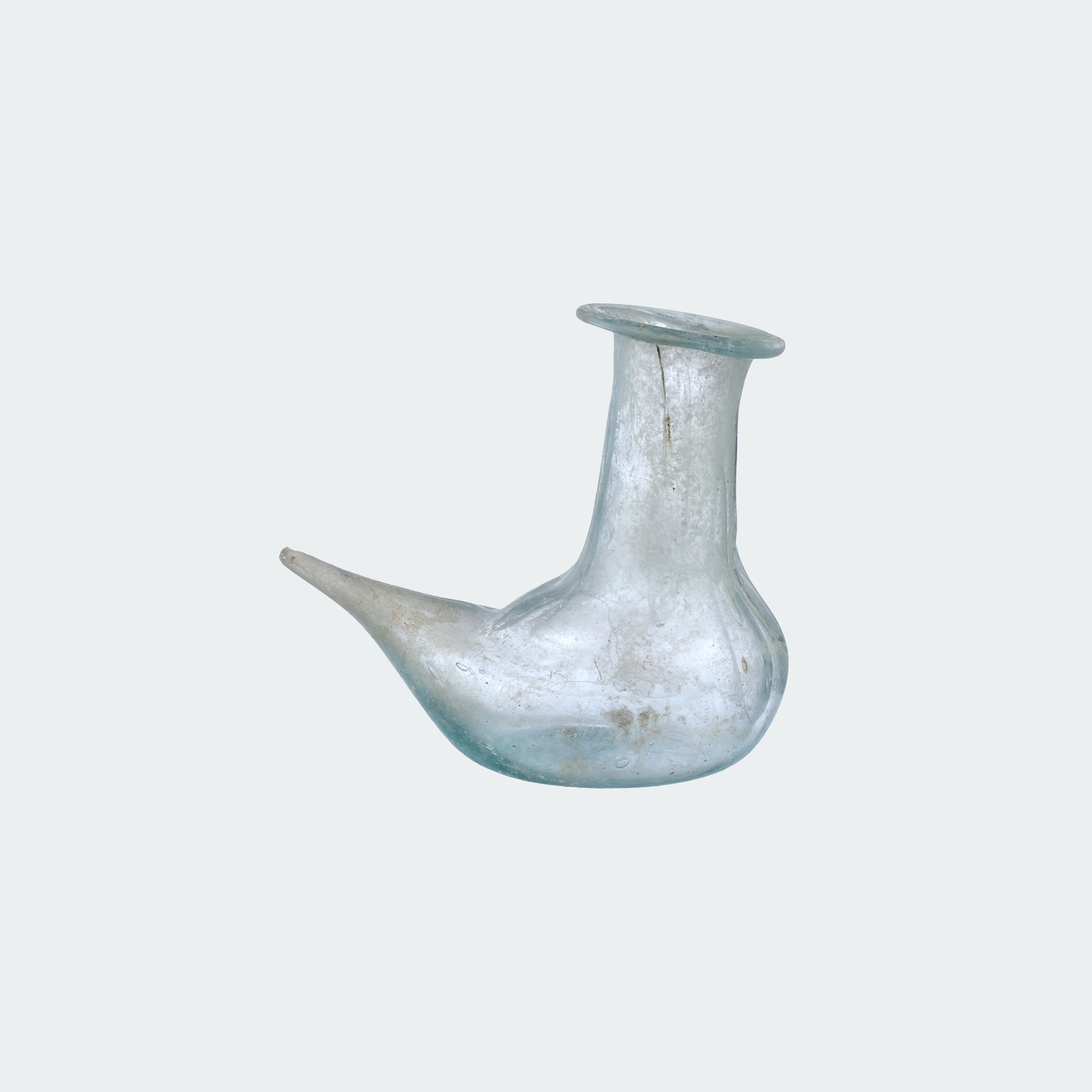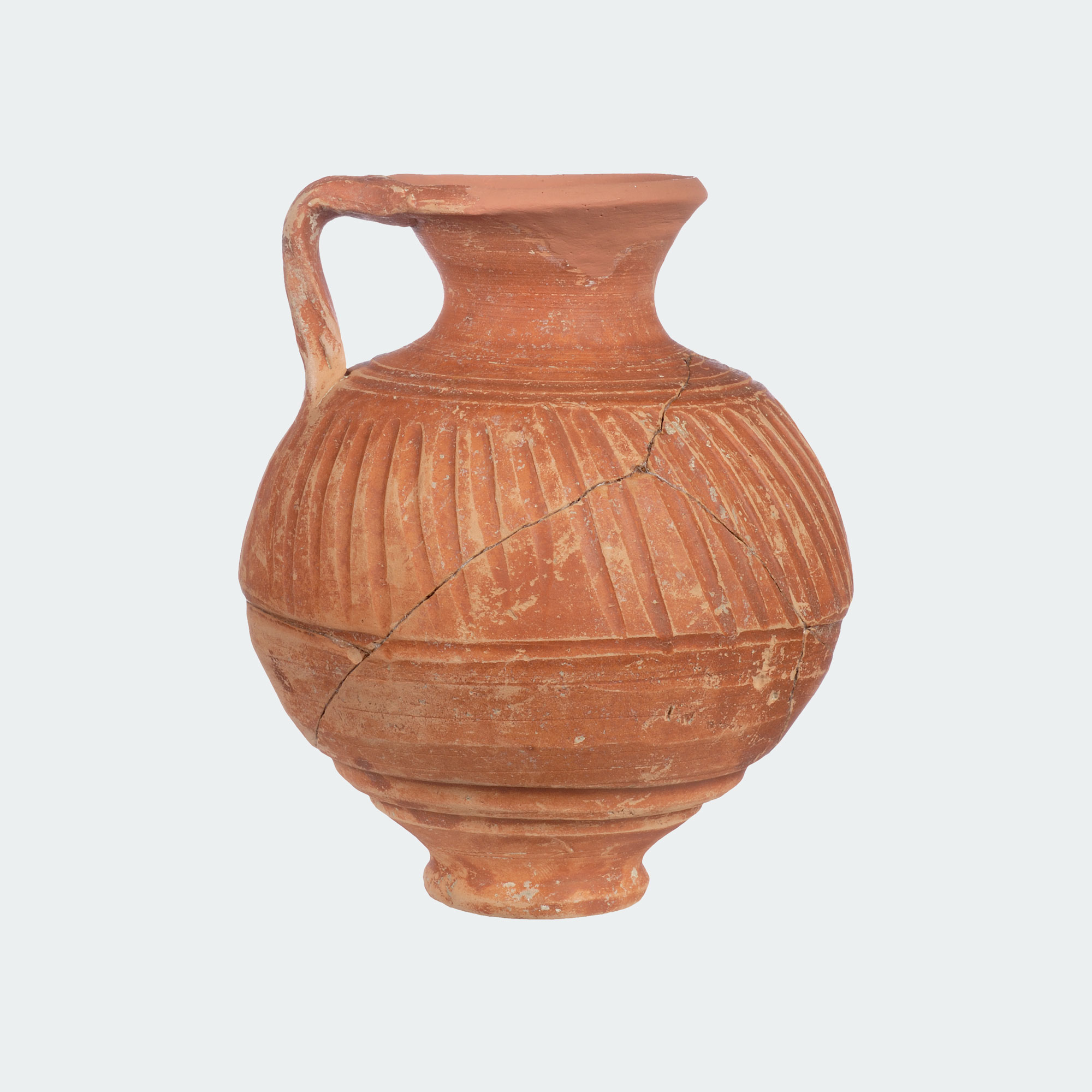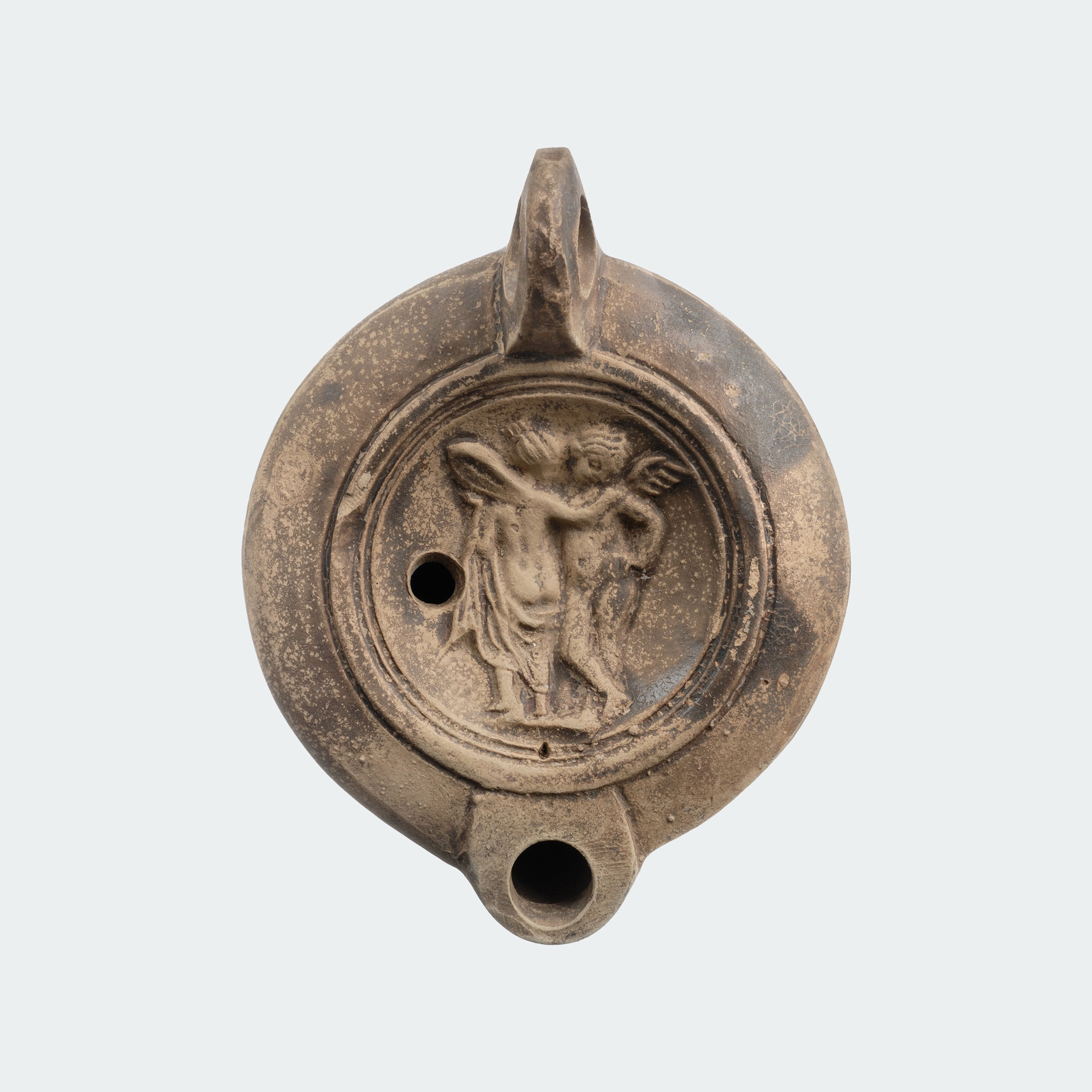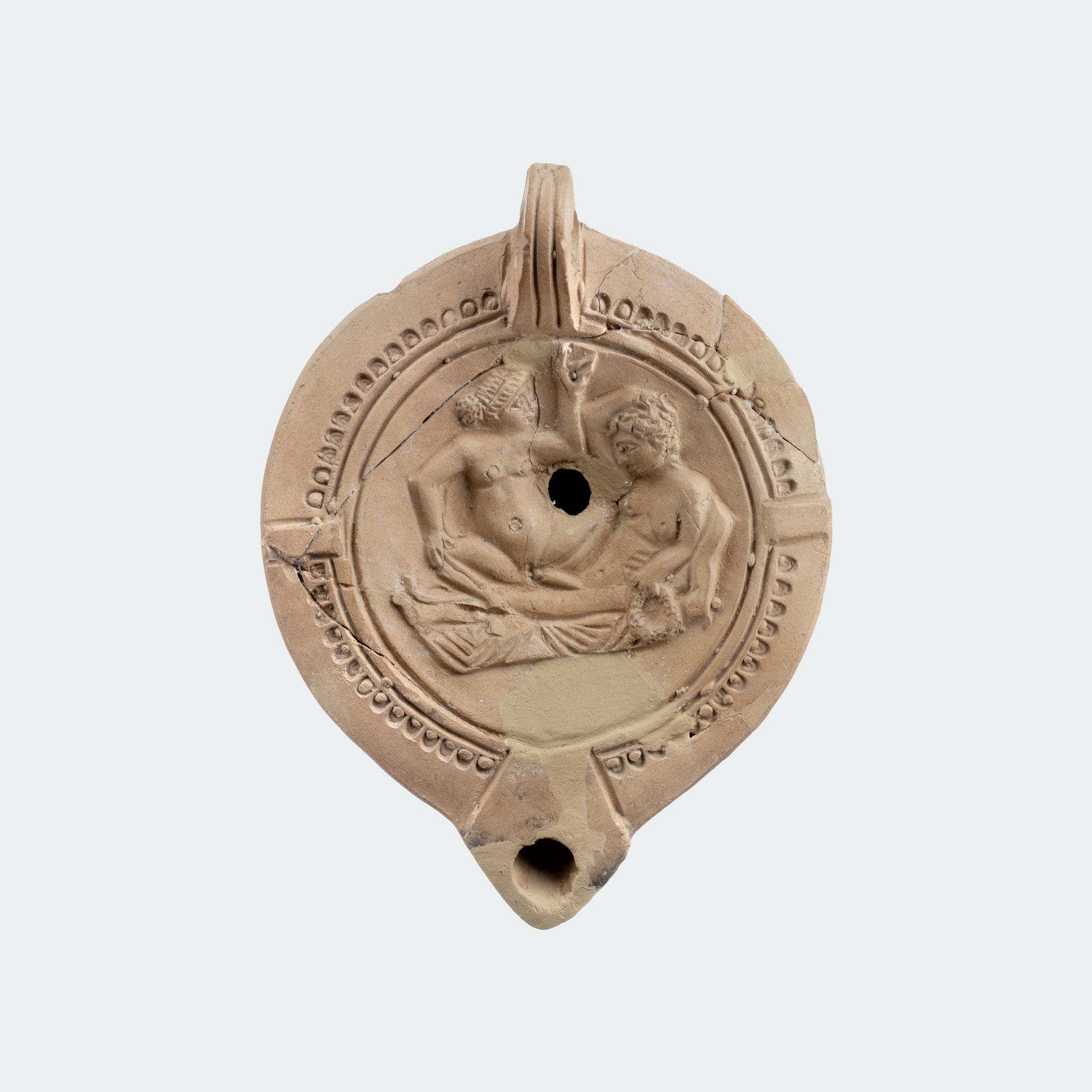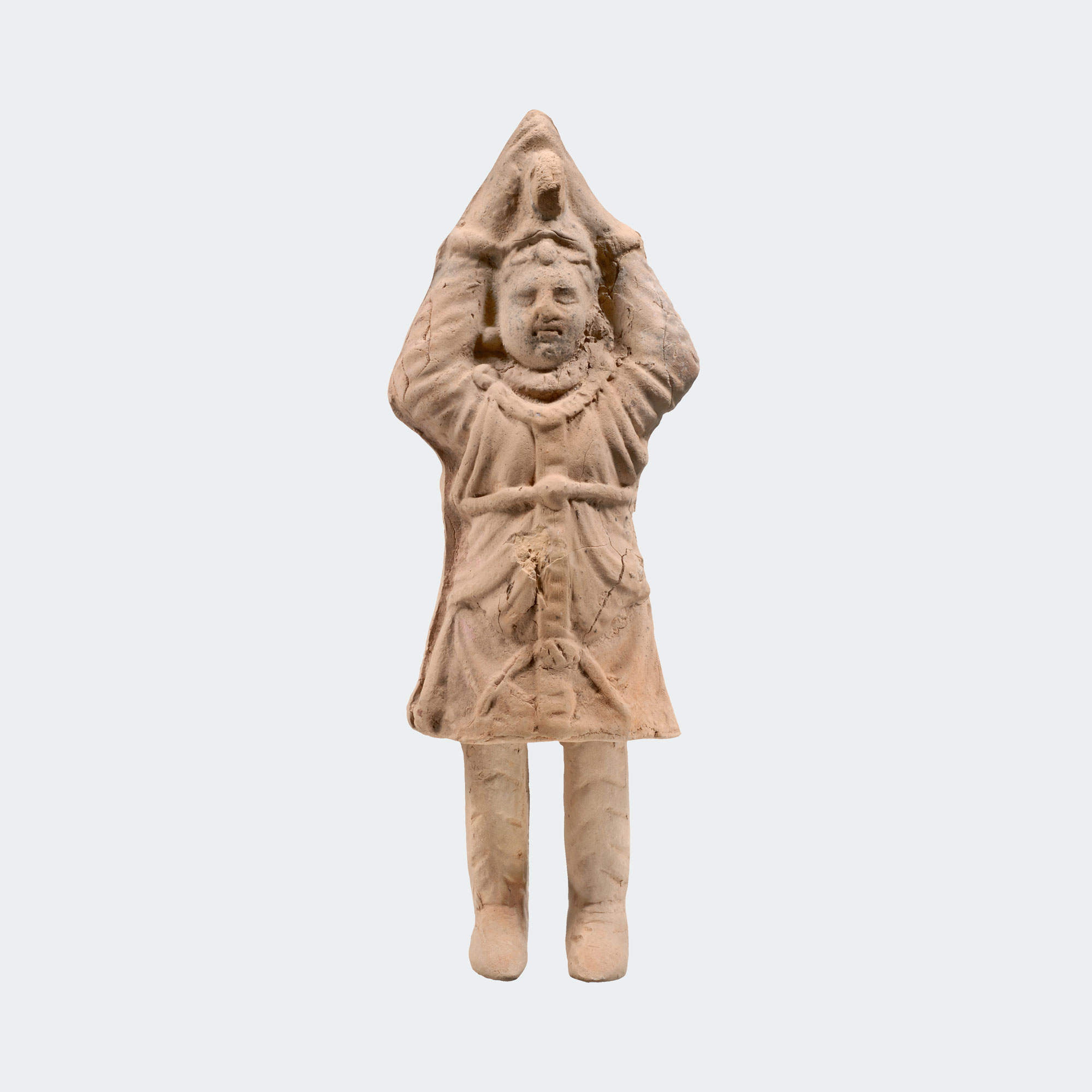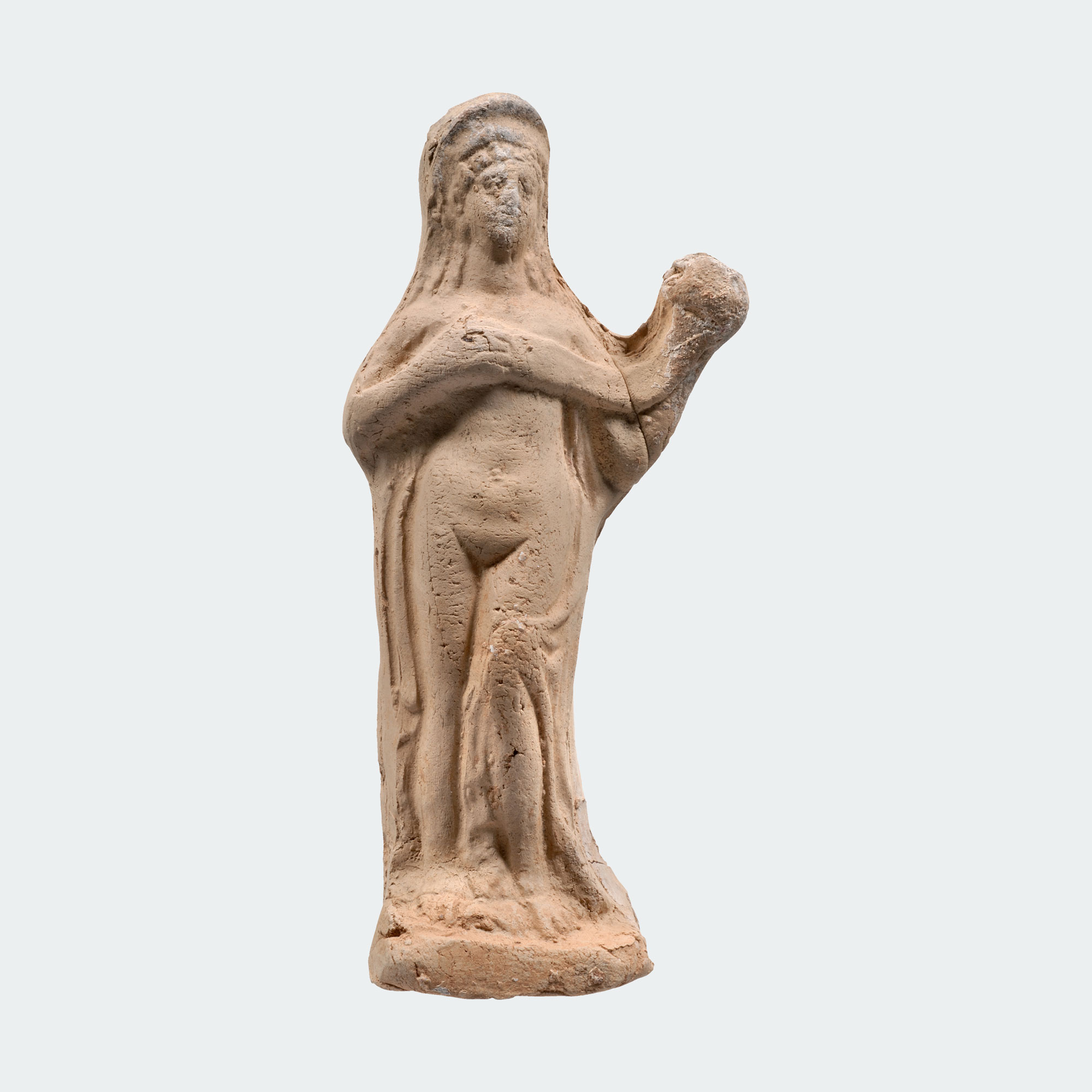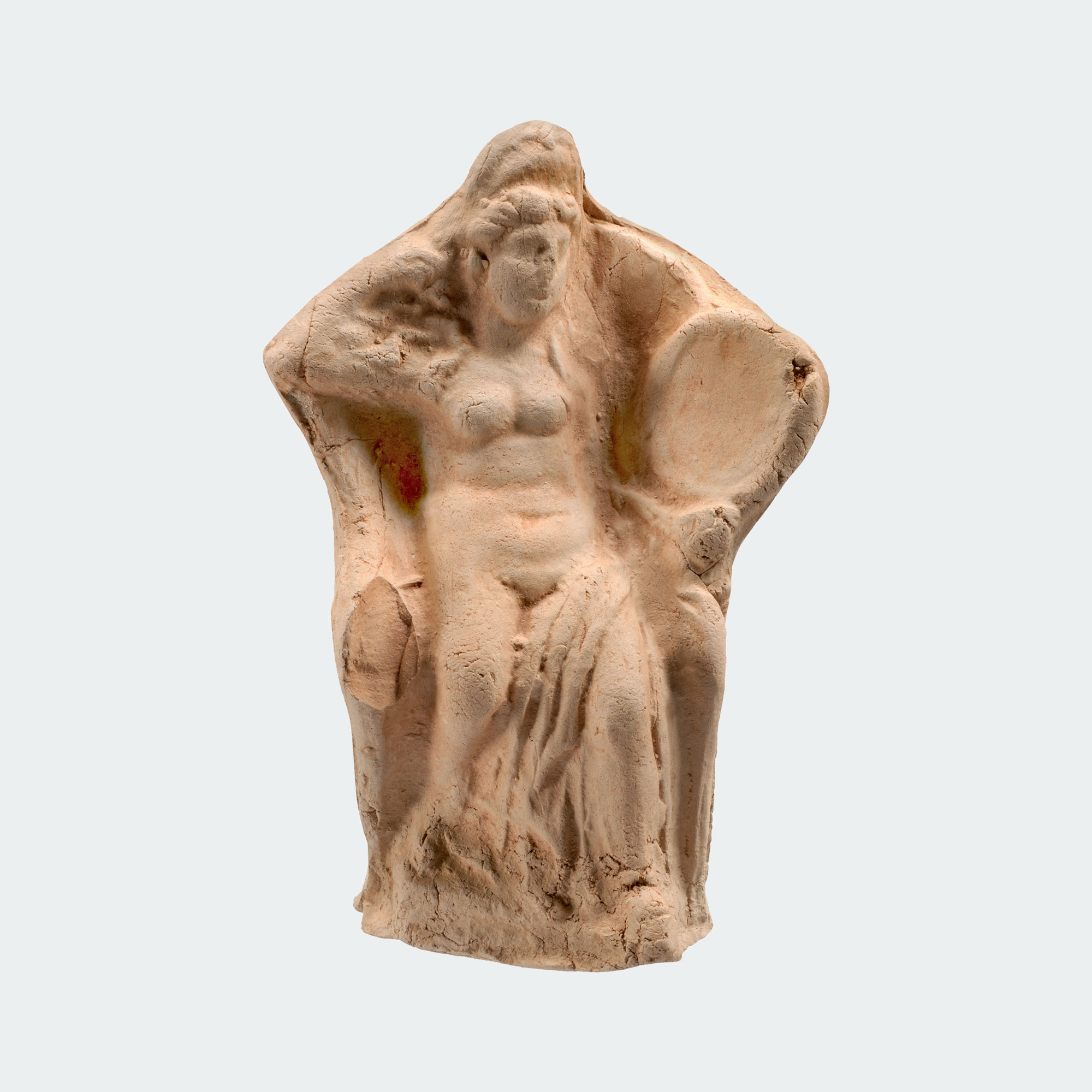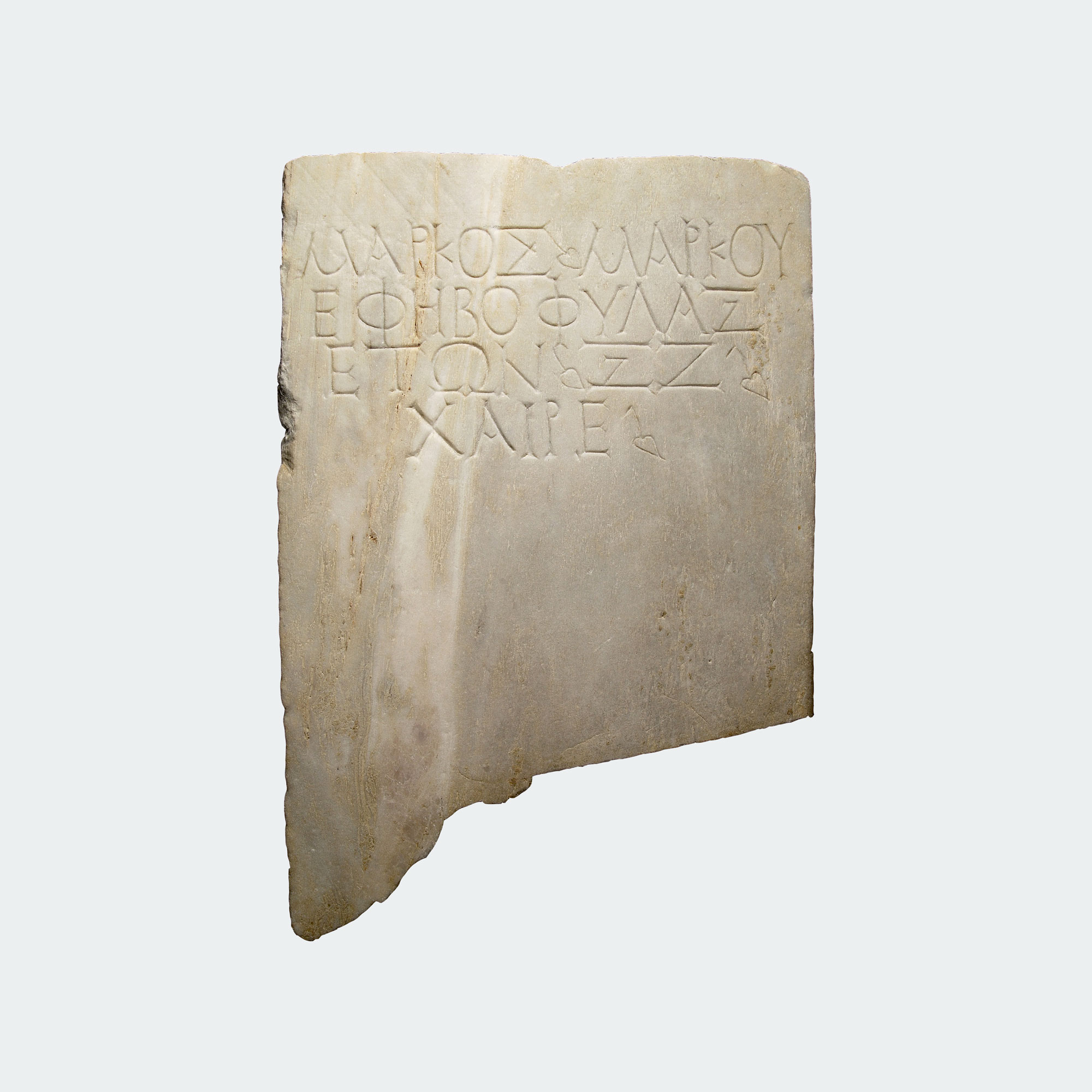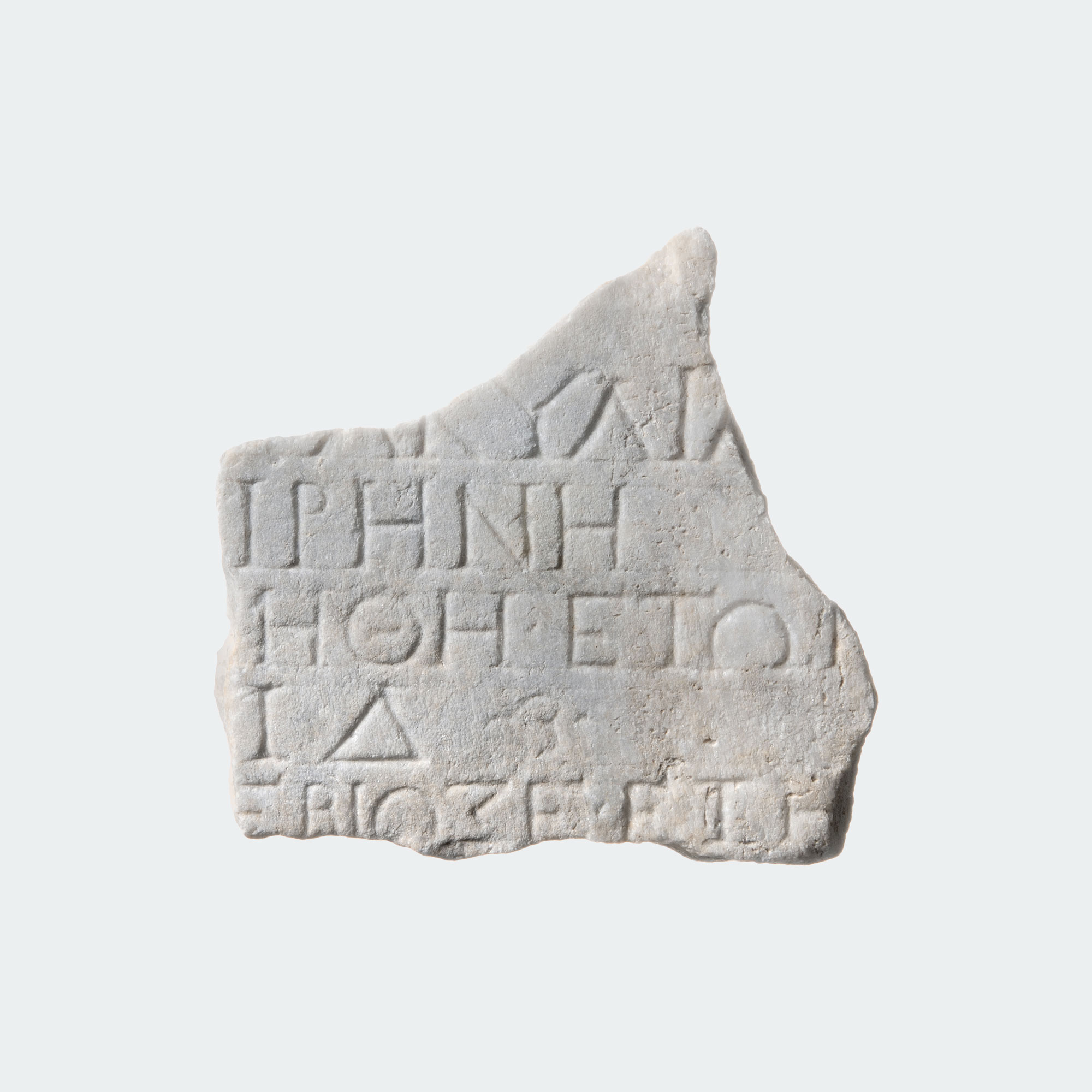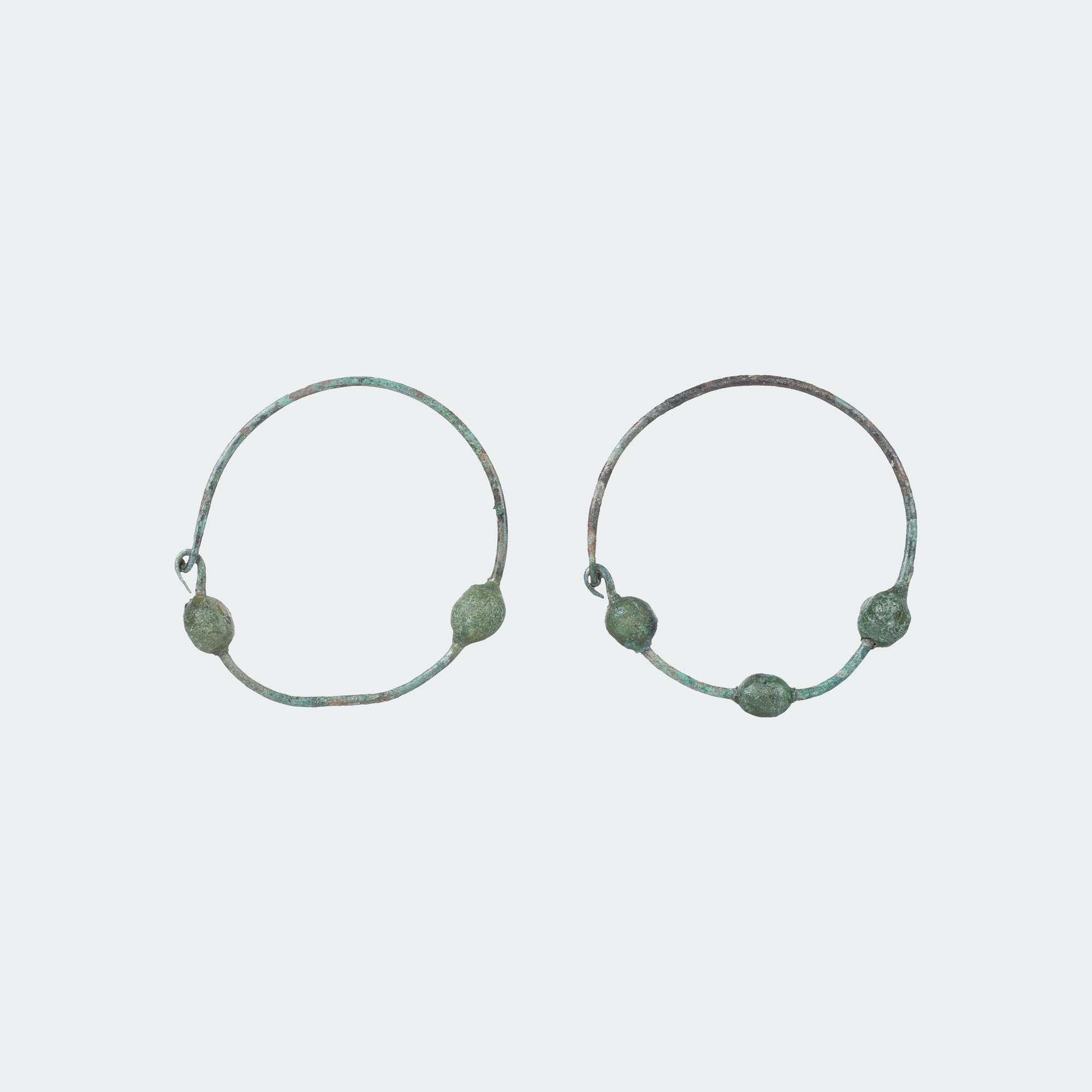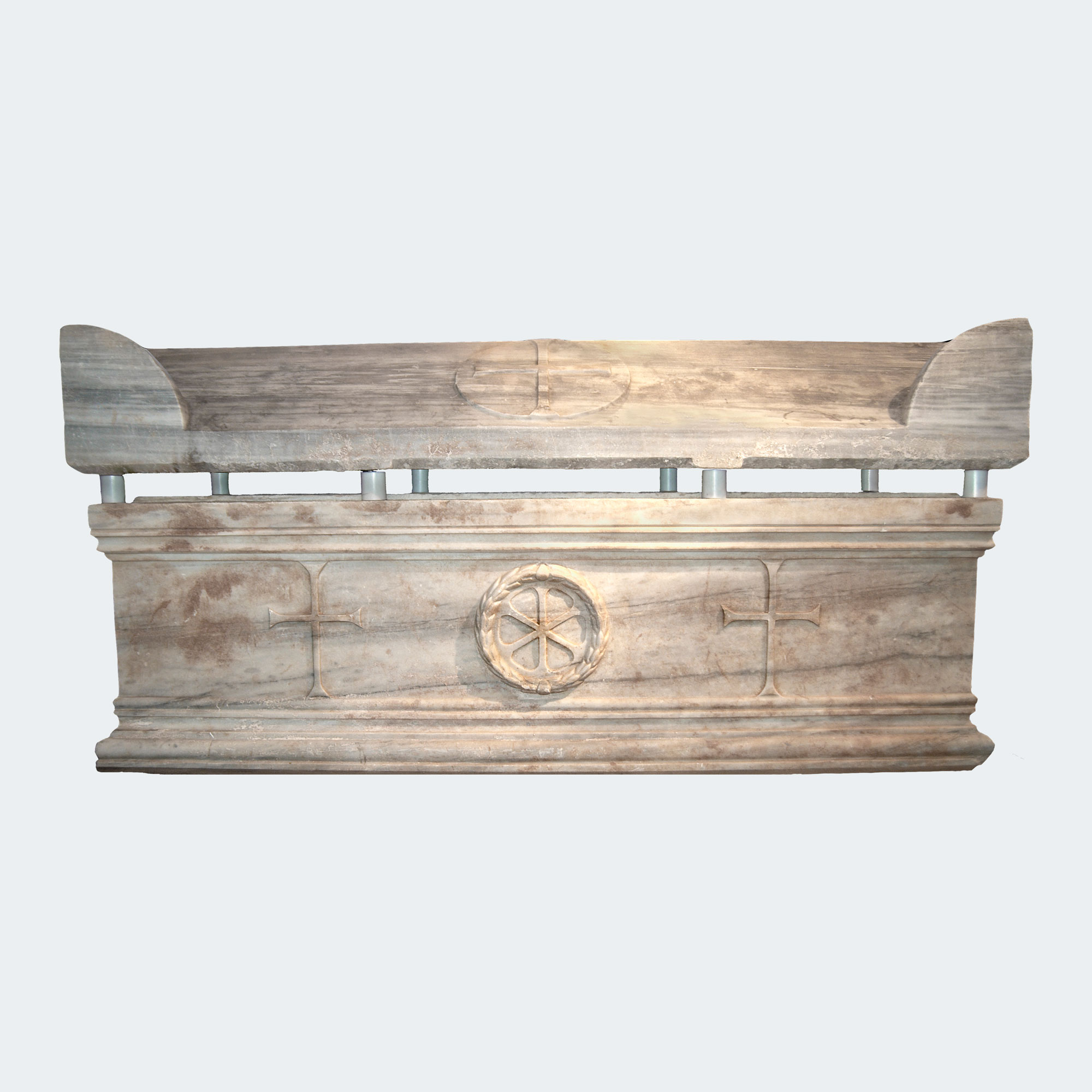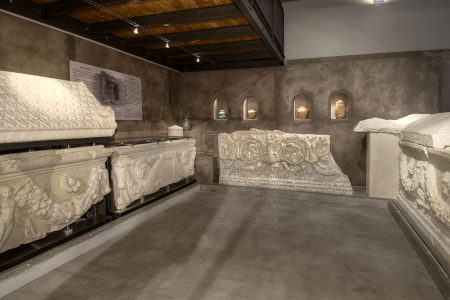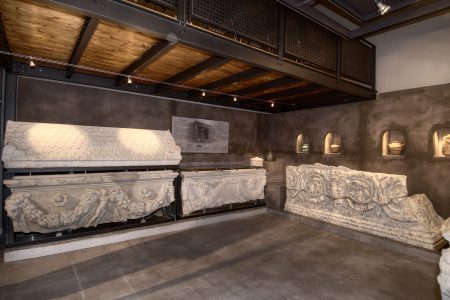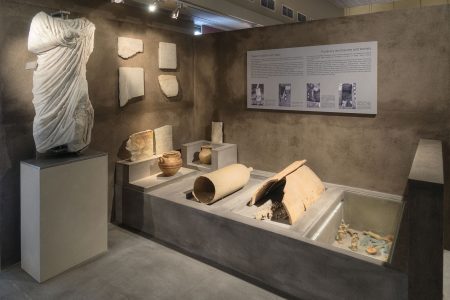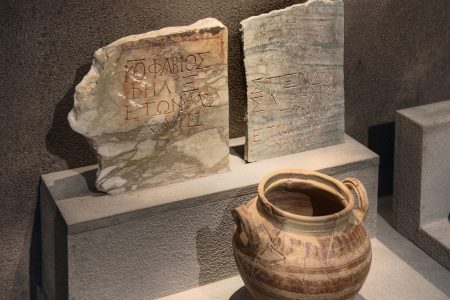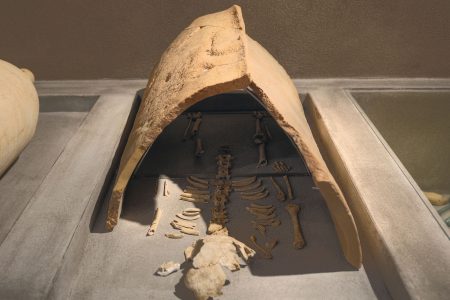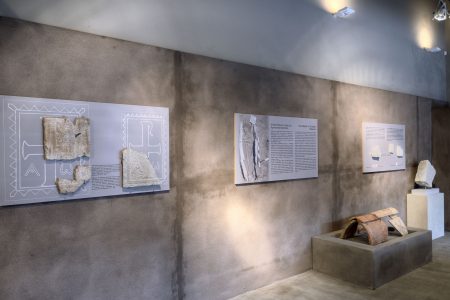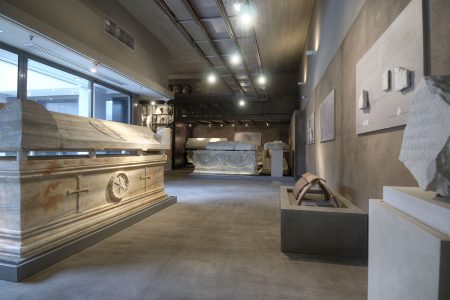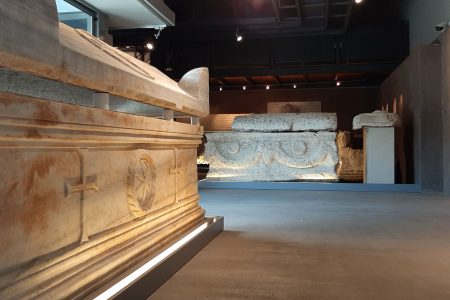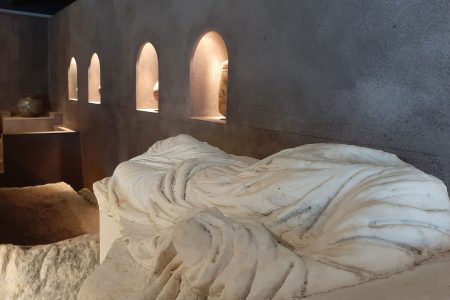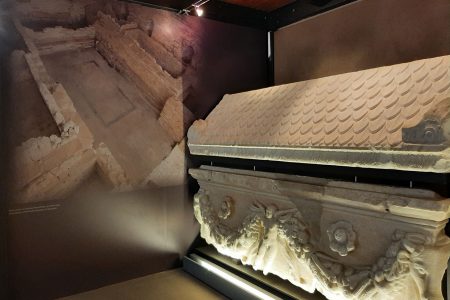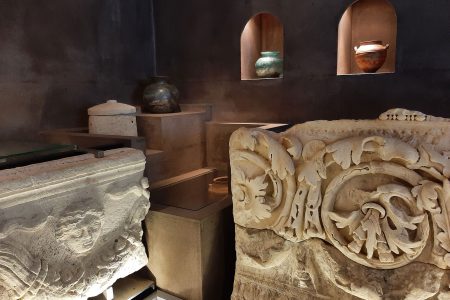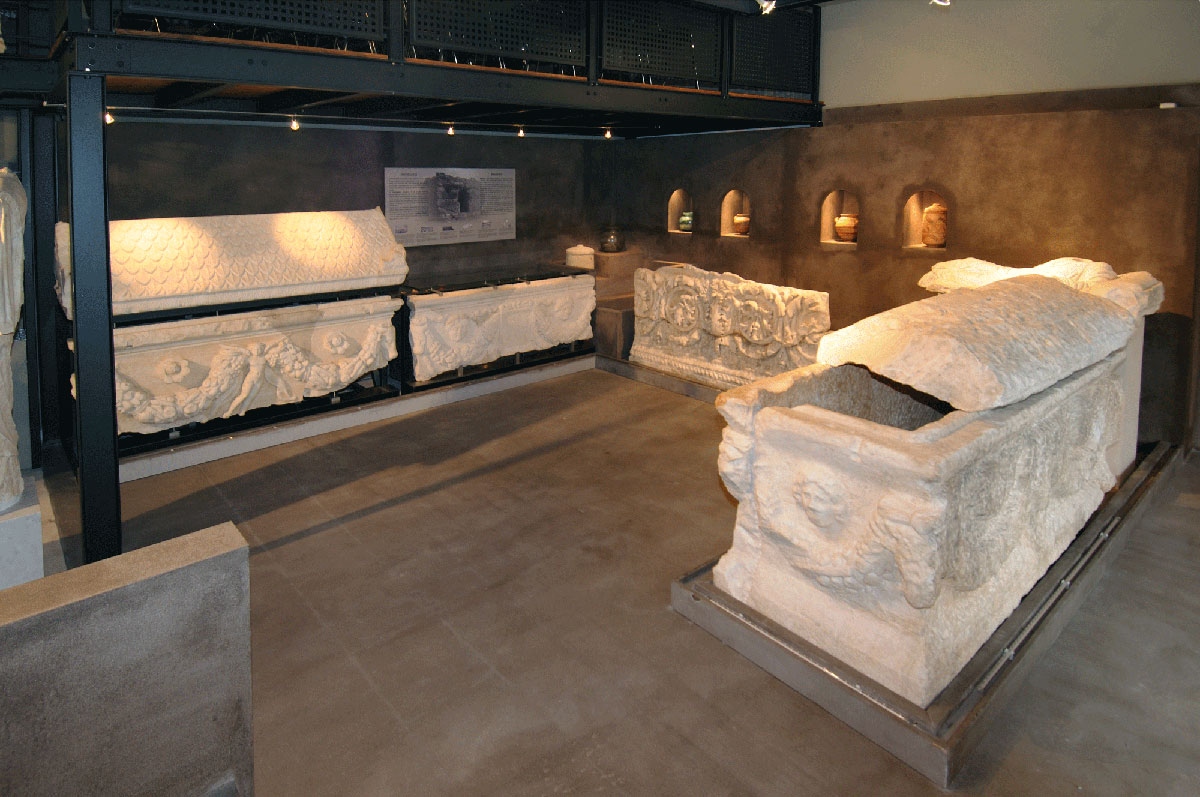
The After life
The section is dedicated to burial customs and the organization of cemeteries during the Roman, but also the early Christian period.
Burial customs, the design and arrangement of the graves depended on the social and economic status of the deceased.
Officials and wealthy individuals are offered family tombs, mausoleums, and structures with vaulted roofs. The opulent sarcophagi arranged in a P-shaped configuration along with urns positioned higher on the walls within niches serve as representations of mausoleums. This arrangement provides visitors with the sensation of entering these mausoleums.
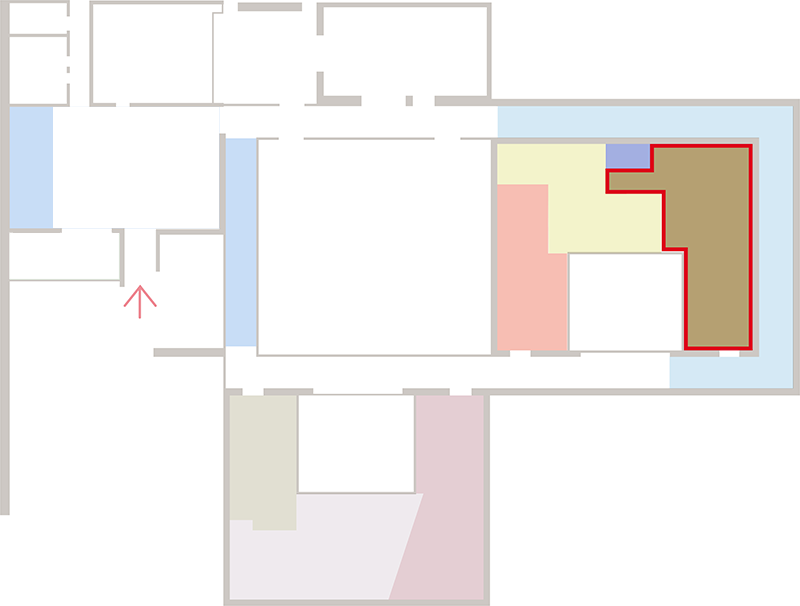

Most citizens opt for modest, cost-free graves, which are often organized in groups or enclosed burial areas. The exhibition recreates the prevalent grave types, including both burial and cremation practices.
These graves are typically identified by stone epitaph columns that inscribe the individual’s name, patronymic, age at the time of death, and parting message, “AVE.” In rarer instances, marble funerary statues are positioned atop the graves.
Except for the restriction on cremation, Christian burial customs and the layout of cemeteries closely adhere to the Greco-Roman tradition.
Nevertheless, distinctive features of these tombs are evident, including their orientation towards the east, the incorporation of Christian symbols, primarily the cross, and the presence of epitaph columns featuring pleas for the salvation of the soul.
A remarkable example within the exhibition is the multifaceted sarcophagus, which was discovered within the Basilica D Cemetery. This sarcophagus served as the final resting place for an unidentified individual, potentially a martyr, whose remains were found without a head. It boasts intricate decorations, including relief crosses and a laurel wreath, and is attributed to a workshop in Constantinople from the 6th century AD.
